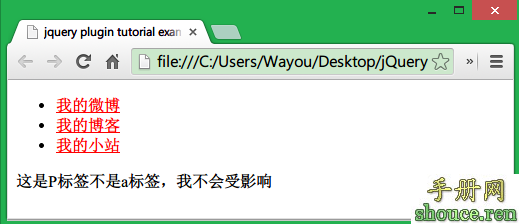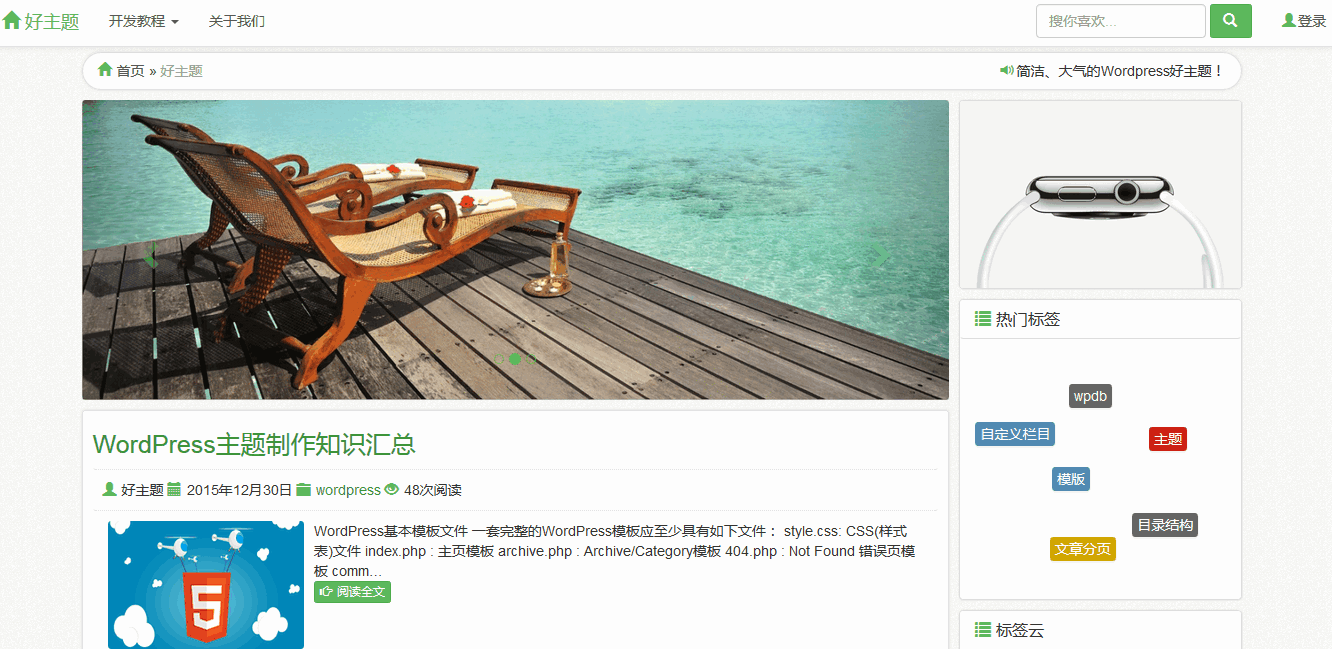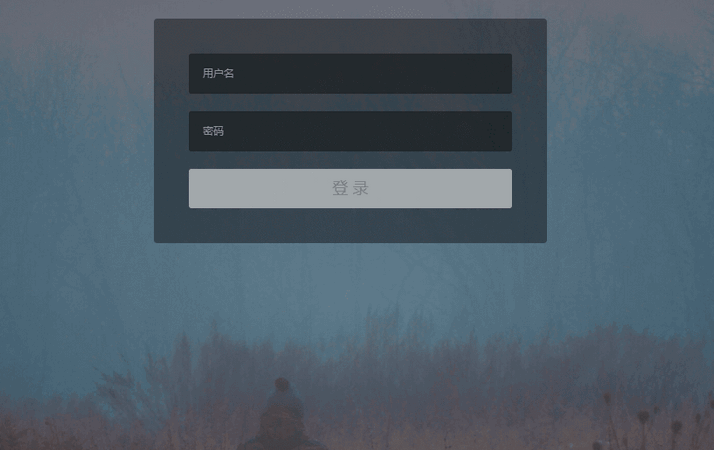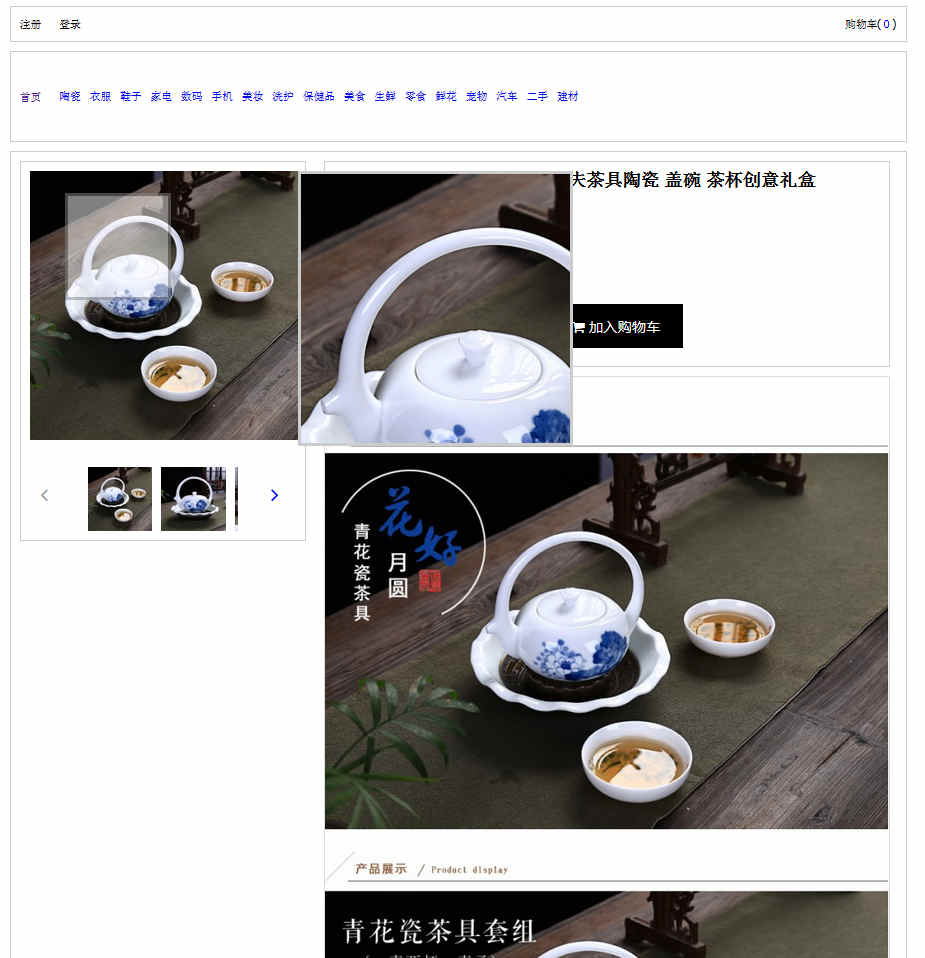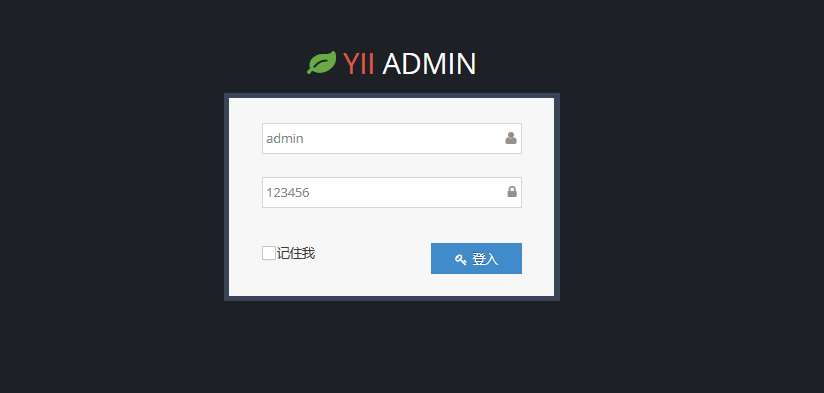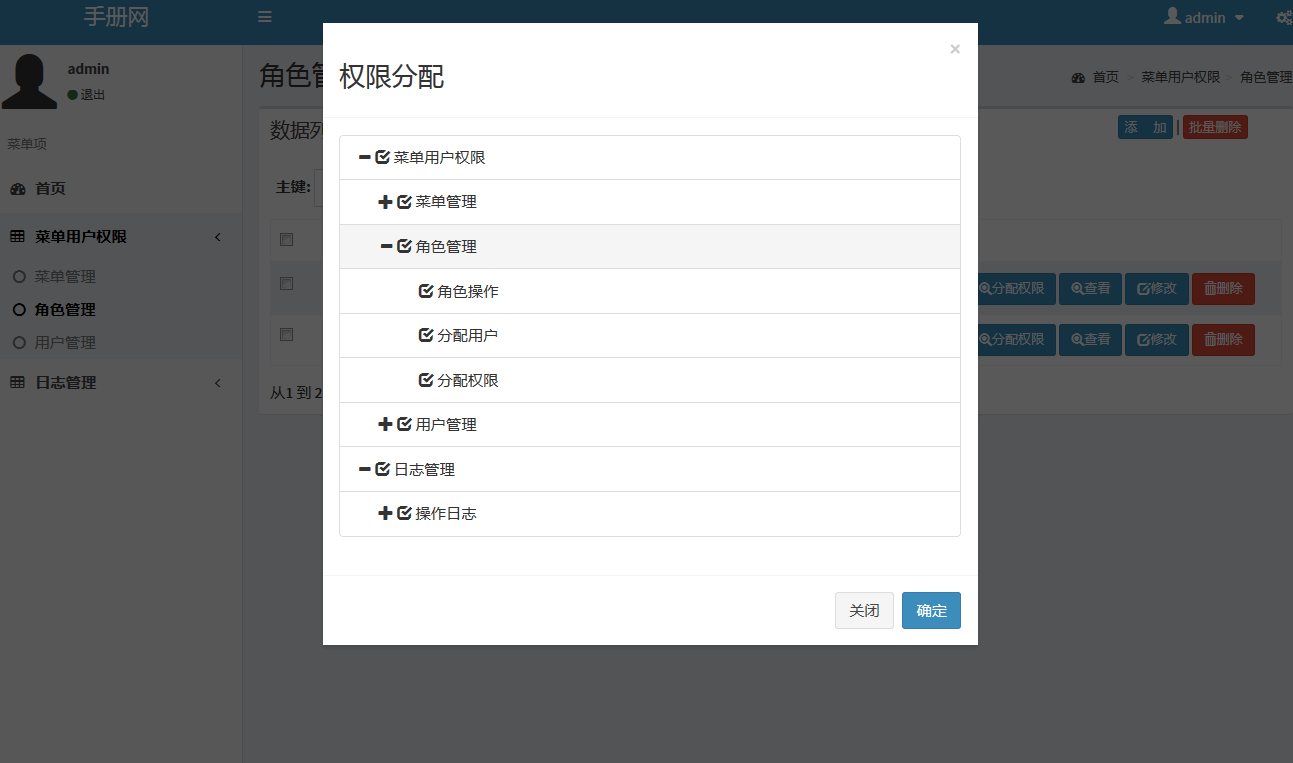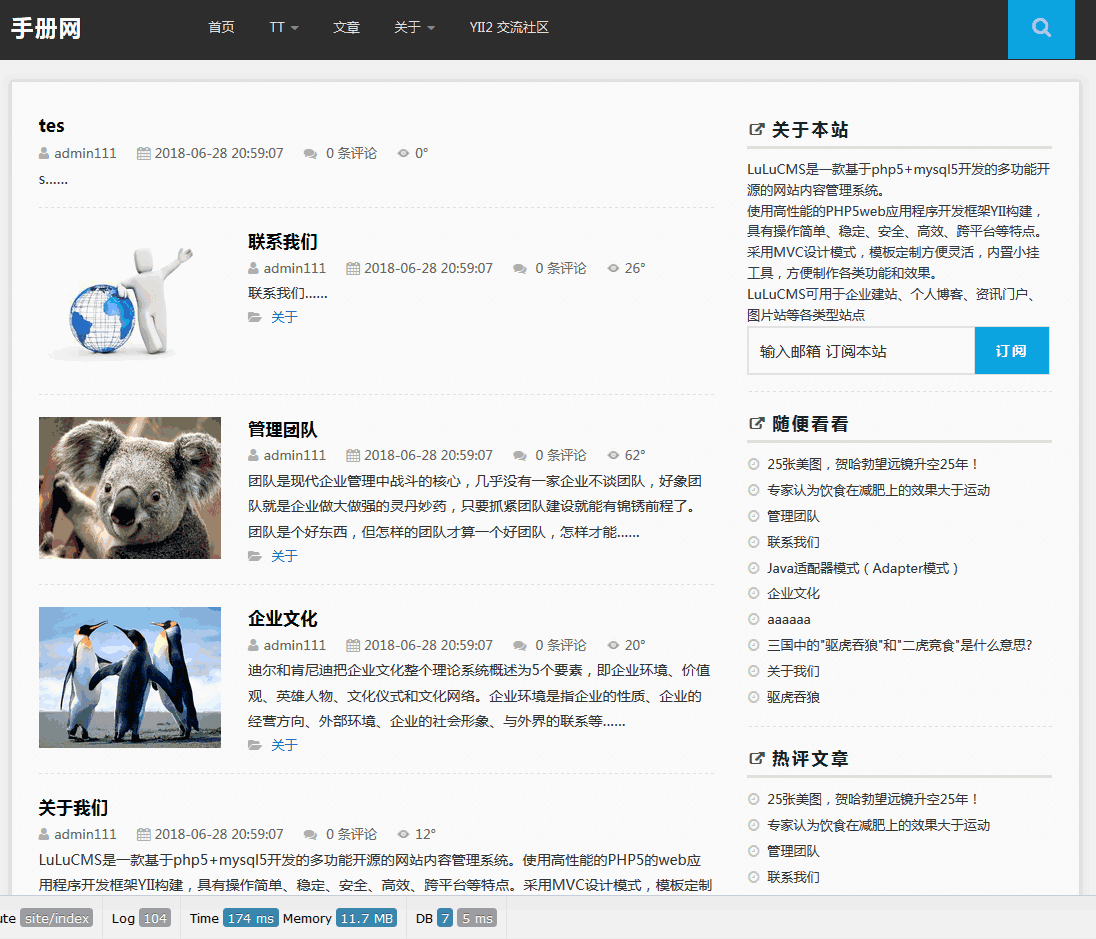Android OpenGL ES 简明开发教程七:材质渲染
前面讨论了如何给3D图形染色,更一般的情况是使用位图来给Mesh上色(渲染材质)。主要步骤如下:
创建Bitmap对象
使用材质渲染,首先需要构造用来渲染的Bitmap对象,Bitmap对象可以从资源文件中读取或是从网络下载或是使用代码构造。为简单起见,从资源中读取:
- Bitmap bitmap = BitmapFactory.decodeResource(contect.getResources(),
- R.drawable.icon);
要注意的是,有些设备对使用的Bitmap的大小有要求,要求Bitmap的宽度和长度为2的几次幂(1,2,4,8,16,32,64.。。。),如果使用不和要求的Bitmap来渲染,可能只会显示白色。
创建材质(Generating a texture)
下一步使用OpenGL库创建一个材质(Texture),首先是获取一个Texture Id。
- // Create an int array with the number of textures we want,
- // in this case 1.
- int[] textures = new int[1];
- // Tell OpenGL to generate textures.
- gl.glGenTextures(1, textures, 0);
textures中存放了创建的Texture ID,使用同样的Texture Id ,也可以来删除一个Texture:
- // Delete a texture.
- gl.glDeleteTextures(1, textures, 0)
有了Texture Id之后,就可以通知OpenGL库使用这个Texture:
- gl.glBindTexture(GL10.GL_TEXTURE_2D, textures[0]);
设置Texture参数glTexParameter
下一步需要给Texture填充设置参数,用来渲染的Texture可能比要渲染的区域大或者小,这是需要设置Texture需要放大或是缩小时OpenGL的模式:
- // Scale up if the texture if smaller.
- gl.glTexParameterf(GL10.GL_TEXTURE_2D,
- GL10.GL_TEXTURE_MAG_FILTER,
- GL10.GL_LINEAR);
- // scale linearly when image smalled than texture
- gl.glTexParameterf(GL10.GL_TEXTURE_2D,
- GL10.GL_TEXTURE_MIN_FILTER,
- GL10.GL_LINEAR);
常用的两种模式为GL10.GL_LINEAR和GL10.GL_NEAREST。
需要比较清晰的图像使用GL10.GL_NEAREST:
 而使用GL10.GL_LINEAR则会得到一个较模糊的图像:
而使用GL10.GL_LINEAR则会得到一个较模糊的图像:
下一步要告知OpenGL库如何将Bitmap的像素映射到Mesh上。这可以分为两步来完成:
定义UV坐标
UV Mapping指将Bitmap的像素映射到Mesh上的顶点。UV坐标定义为左上角(0,0),右下角(1,1)(因为使用的2D Texture),下图坐标显示了UV坐标,右边为我们需要染色的平面的顶点顺序:
 为了能正确的匹配,需要把UV坐标中的(0,1)映射到顶点0,(1,1)映射到顶点2等等。
为了能正确的匹配,需要把UV坐标中的(0,1)映射到顶点0,(1,1)映射到顶点2等等。
- float textureCoordinates[] = {0.0f, 1.0f,
- 1.0f, 1.0f,
- 0.0f, 0.0f,
- 1.0f, 0.0f };
- float textureCoordinates[] = {0.0f, 0.5f,
- 0.5f, 0.5f,
- 0.0f, 0.0f,
- 0.5f, 0.0f };
而
- float textureCoordinates[] = {0.0f, 2.0f,
- 2.0f, 2.0f,
- 0.0f, 0.0f,
- 2.0f, 0.0f };
将使用一些不存在的Texture去渲染平面(UV坐标为0,0-1,1 而 (0,0)-(2,2)定义超过UV定义的大小),这时需要告诉OpenGL库如何去渲染这些不存在的Texture部分。
有两种设置
- GL_REPEAT 重复Texture。
- GL_CLAMP_TO_EDGE 只靠边线绘制一次。
下面有四种不同组合:
- gl.glTexParameterf(GL10.GL_TEXTURE_2D,
- GL10.GL_TEXTURE_WRAP_S,
- GL10.GL_REPEAT);
- gl.glTexParameterf(GL10.GL_TEXTURE_2D,
- GL10.GL_TEXTURE_WRAP_T,
- GL10.GL_REPEAT);
然后是将Bitmap资源和Texture绑定起来:
- GLUtils.texImage2D(GL10.GL_TEXTURE_2D, 0, bitmap, 0);
使用Texture
为了能够使用上面定义的Texture,需要创建一Buffer来存储UV坐标:
- FloatBuffer byteBuf = ByteBuffer.allocateDirect(texture.length * 4);
- byteBuf.order(ByteOrder.nativeOrder());
- textureBuffer = byteBuf.asFloatBuffer();
- textureBuffer.put(textureCoordinates);
- textureBuffer.position(0);
渲染
- // Telling OpenGL to enable textures.
- gl.glEnable(GL10.GL_TEXTURE_2D);
- // Tell OpenGL where our texture is located.
- gl.glBindTexture(GL10.GL_TEXTURE_2D, textures[0]);
- // Tell OpenGL to enable the use of UV coordinates.
- gl.glEnableClientState(GL10.GL_TEXTURE_COORD_ARRAY);
- // Telling OpenGL where our UV coordinates are.
- gl.glTexCoordPointer(2, GL10.GL_FLOAT, 0, textureBuffer);
- // ... here goes the rendering of the mesh ...
- // Disable the use of UV coordinates.
- gl.glDisableClientState(GL10.GL_TEXTURE_COORD_ARRAY);
- // Disable the use of textures.
- gl.glDisable(GL10.GL_TEXTURE_2D);
代码是在一个平面上(SimplePlane)下使用Texture来渲染,首先是修改Mesh基类,使它能够支持定义UV 坐标:
- // Our UV texture buffer.
- private FloatBuffer mTextureBuffer;
- /**
- * Set the texture coordinates.
- *
- * @param textureCoords
- */
- protected void setTextureCoordinates(float[] textureCoords) {
- // float is 4 bytes, therefore we multiply the number if
- // vertices with 4.
- ByteBuffer byteBuf = ByteBuffer.allocateDirect(
- textureCoords.length * 4);
- byteBuf.order(ByteOrder.nativeOrder());
- mTextureBuffer = byteBuf.asFloatBuffer();
- mTextureBuffer.put(textureCoords);
- mTextureBuffer.position(0);
- }
并添加设置Bitmap和创建Texture的方法:
- // Our texture id.
- private int mTextureId = -1;
- // The bitmap we want to load as a texture.
- private Bitmap mBitmap;
- /**
- * Set the bitmap to load into a texture.
- *
- * @param bitmap
- */
- public void loadBitmap(Bitmap bitmap) {
- this.mBitmap = bitmap;
- mShouldLoadTexture = true;
- }
- /**
- * Loads the texture.
- *
- * @param gl
- */
- private void loadGLTexture(GL10 gl) {
- // Generate one texture pointer...
- int[] textures = new int[1];
- gl.glGenTextures(1, textures, 0);
- mTextureId = textures[0];
- // ...and bind it to our array
- gl.glBindTexture(GL10.GL_TEXTURE_2D, mTextureId);
- // Create Nearest Filtered Texture
- gl.glTexParameterf(GL10.GL_TEXTURE_2D, GL10.GL_TEXTURE_MIN_FILTER,
- GL10.GL_LINEAR);
- gl.glTexParameterf(GL10.GL_TEXTURE_2D, GL10.GL_TEXTURE_MAG_FILTER,
- GL10.GL_LINEAR);
- // Different possible texture parameters, e.g. GL10.GL_CLAMP_TO_EDGE
- gl.glTexParameterf(GL10.GL_TEXTURE_2D, GL10.GL_TEXTURE_WRAP_S,
- GL10.GL_CLAMP_TO_EDGE);
- gl.glTexParameterf(GL10.GL_TEXTURE_2D, GL10.GL_TEXTURE_WRAP_T,
- GL10.GL_REPEAT);
- // Use the Android GLUtils to specify a two-dimensional texture image
- // from our bitmap
- GLUtils.texImage2D(GL10.GL_TEXTURE_2D, 0, mBitmap, 0);
- }
最后修改draw方法来渲染材质:
- // Indicates if we need to load the texture.
- private boolean mShouldLoadTexture = false;
- /**
- * Render the mesh.
- *
- * @param gl
- * the OpenGL context to render to.
- */
- public void draw(GL10 gl) {
- ...
- // Smooth color
- if (mColorBuffer != null) {
- // Enable the color array buffer to be used during rendering.
- gl.glEnableClientState(GL10.GL_COLOR_ARRAY);
- gl.glColorPointer(4, GL10.GL_FLOAT, 0, mColorBuffer);
- }
- if (mShouldLoadTexture) {
- loadGLTexture(gl);
- mShouldLoadTexture = false;
- }
- if (mTextureId != -1 && mTextureBuffer != null) {
- gl.glEnable(GL10.GL_TEXTURE_2D);
- // Enable the texture state
- gl.glEnableClientState(GL10.GL_TEXTURE_COORD_ARRAY);
- // Point to our buffers
- gl.glTexCoordPointer(2, GL10.GL_FLOAT, 0, mTextureBuffer);
- gl.glBindTexture(GL10.GL_TEXTURE_2D, mTextureId);
- }
- gl.glTranslatef(x, y, z);
- ...
- // Point out the where the color buffer is.
- gl.glDrawElements(GL10.GL_TRIANGLES, mNumOfIndices,
- GL10.GL_UNSIGNED_SHORT, mIndicesBuffer);
- ...
- if (mTextureId != -1 && mTextureBuffer != null) {
- gl.glDisableClientState(GL10.GL_TEXTURE_COORD_ARRAY);
- }
- ...
- }
使用的SimplePlane定义如下:
- package se.jayway.opengl.tutorial.mesh;
- /**
- * SimplePlane is a setup class for Mesh that creates a plane mesh.
- *
- * @author Per-Erik Bergman (per-erik.bergman@jayway.com)
- *
- */
- public class SimplePlane extends Mesh {
- /**
- * Create a plane with a default with and height of 1 unit.
- */
- public SimplePlane() {
- this(1, 1);
- }
- /**
- * Create a plane.
- *
- * @param width
- * the width of the plane.
- * @param height
- * the height of the plane.
- */
- public SimplePlane(float width, float height) {
- // Mapping coordinates for the vertices
- float textureCoordinates[] = { 0.0f, 2.0f, //
- 2.0f, 2.0f, //
- 0.0f, 0.0f, //
- 2.0f, 0.0f, //
- };
- short[] indices = new short[] { 0, 1, 2, 1, 3, 2 };
- float[] vertices = new float[] { -0.5f, -0.5f, 0.0f,
- 0.5f, -0.5f, 0.0f,
- -0.5f, 0.5f, 0.0f,
- 0.5f, 0.5f, 0.0f };
- setIndices(indices);
- setVertices(vertices);
- setTextureCoordinates(textureCoordinates);
- }
- }
示例代码下载 ,到本篇为止介绍了OpenGL ES开发的基本方法,更详细的教程将在以后发布,后面先回到Android ApiDemos中OpenGL ES的示例。
- 没有章节








